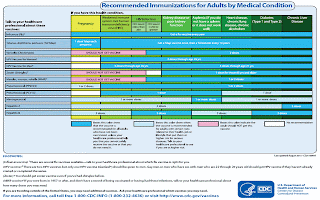A simple urine test may
be able to identify type 2 diabetes patients at increased risk for mental
decline. A new study of nearly 3,000 type 2 diabetes patients, average age 62,
found that those who had persistent protein in their urine over four to five
years had greater declines in their brain's information-processing speed than
those with no protein in their urine. The decline in patients with persistent
protein in the urine was greater than 5 percent.
The findings suggest that protein in the urine -- a
condition called albuminuria -- may be an early warning sign of future mental
decline, according to the study, which was published online Aug. 29 in the
Clinical Journal of the American Society of Nephrology.
People with diabetes are 50 percent to 60 percent more likely to suffer
mental decline than those without diabetes
Most elderly patients
with chronic dementia have Alzheimer’s disease (approximately 60 to 80
percent). The vascular dementias account for 10 to 20 percent, and Parkinson
disease for 5 percent. The prevalence of vascular dementia is relatively high
in blacks, hypertensive persons, and patients with diabetes; some of the
reversible dementias (metabolic dementias) tend to occur in younger
individuals.


